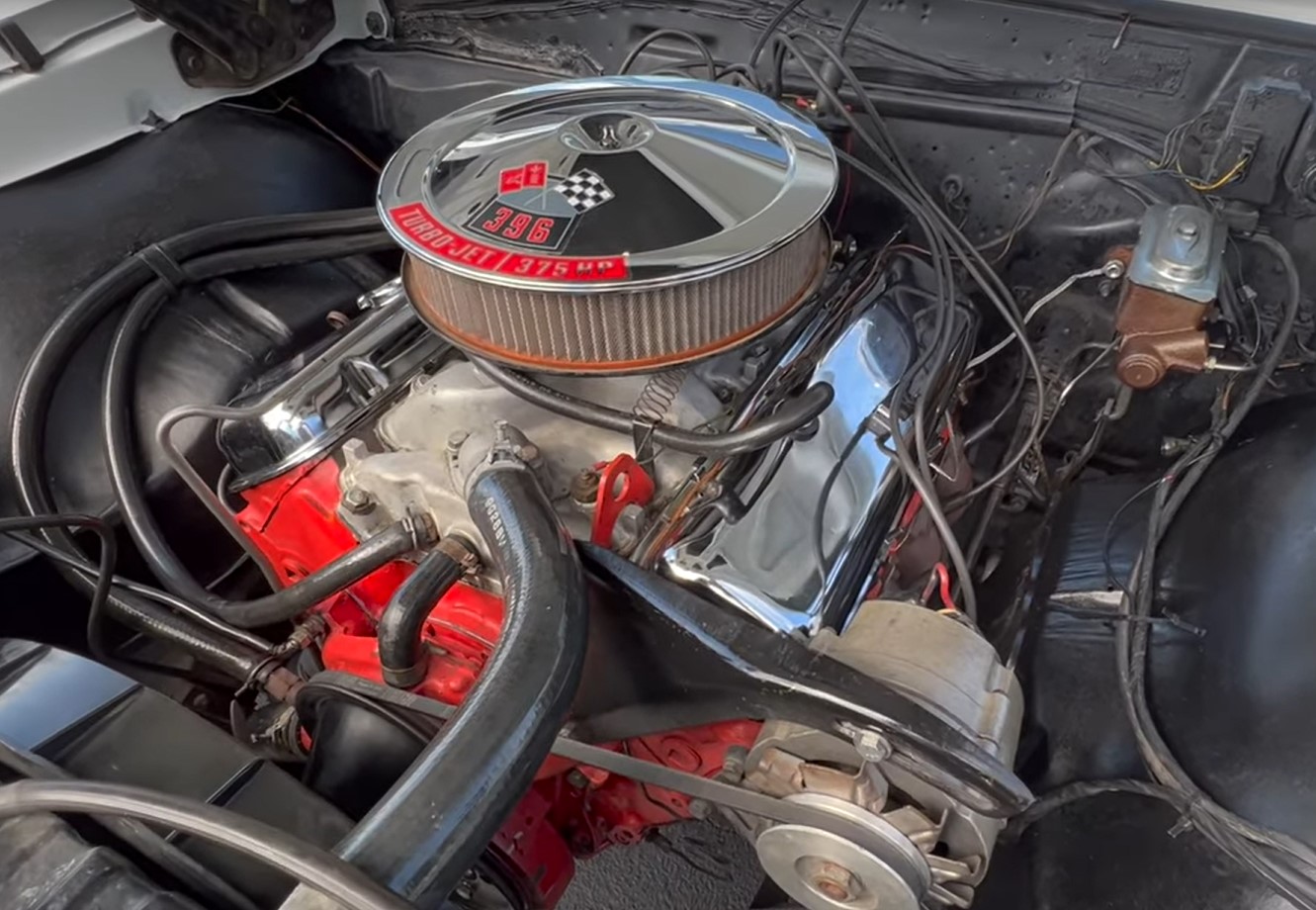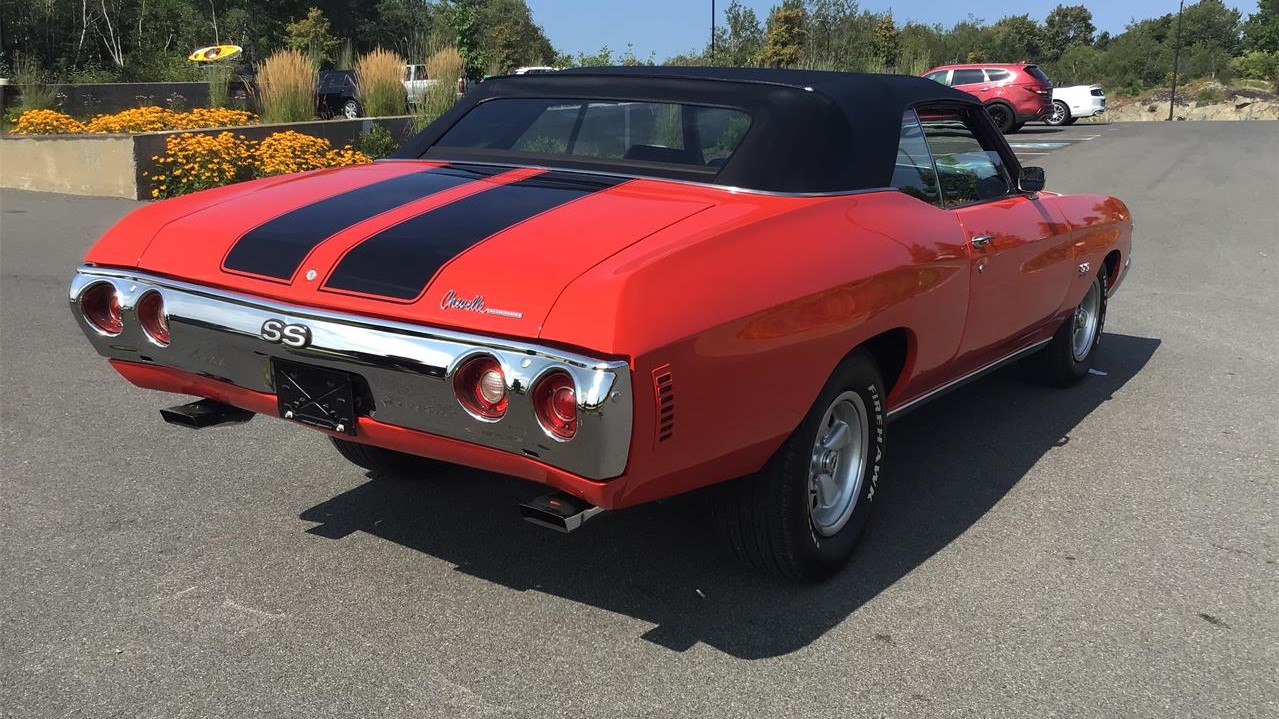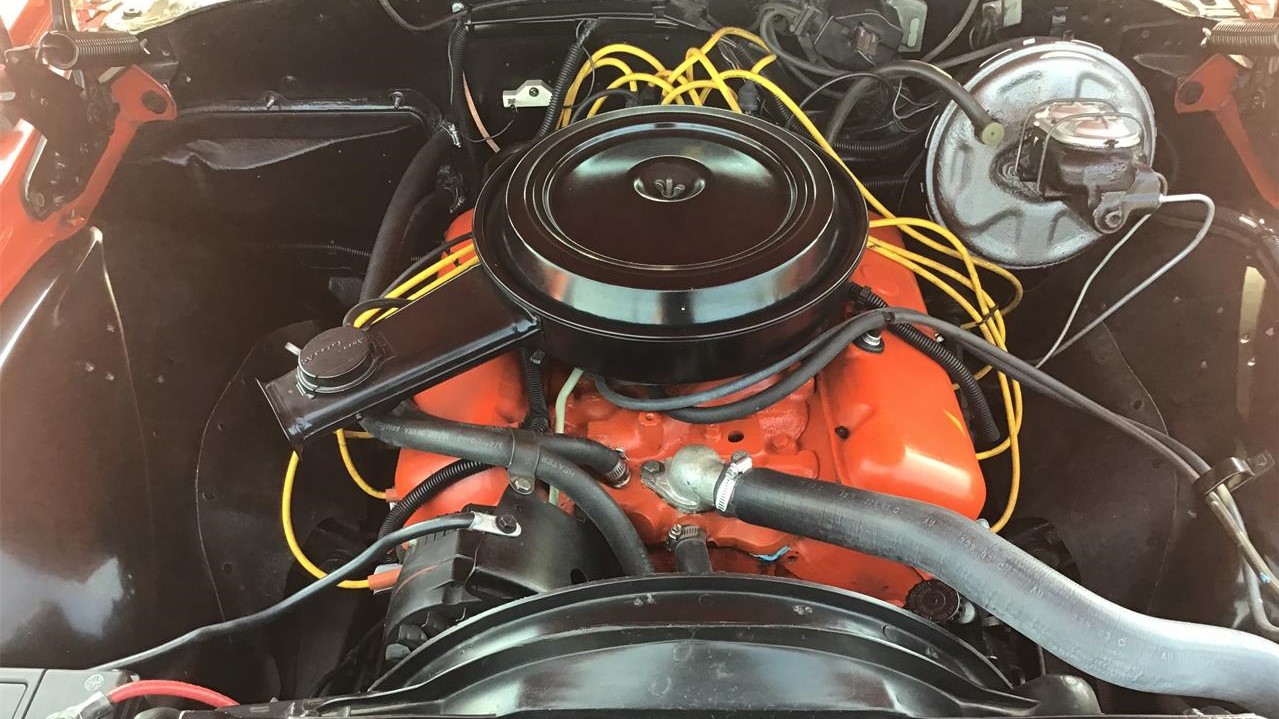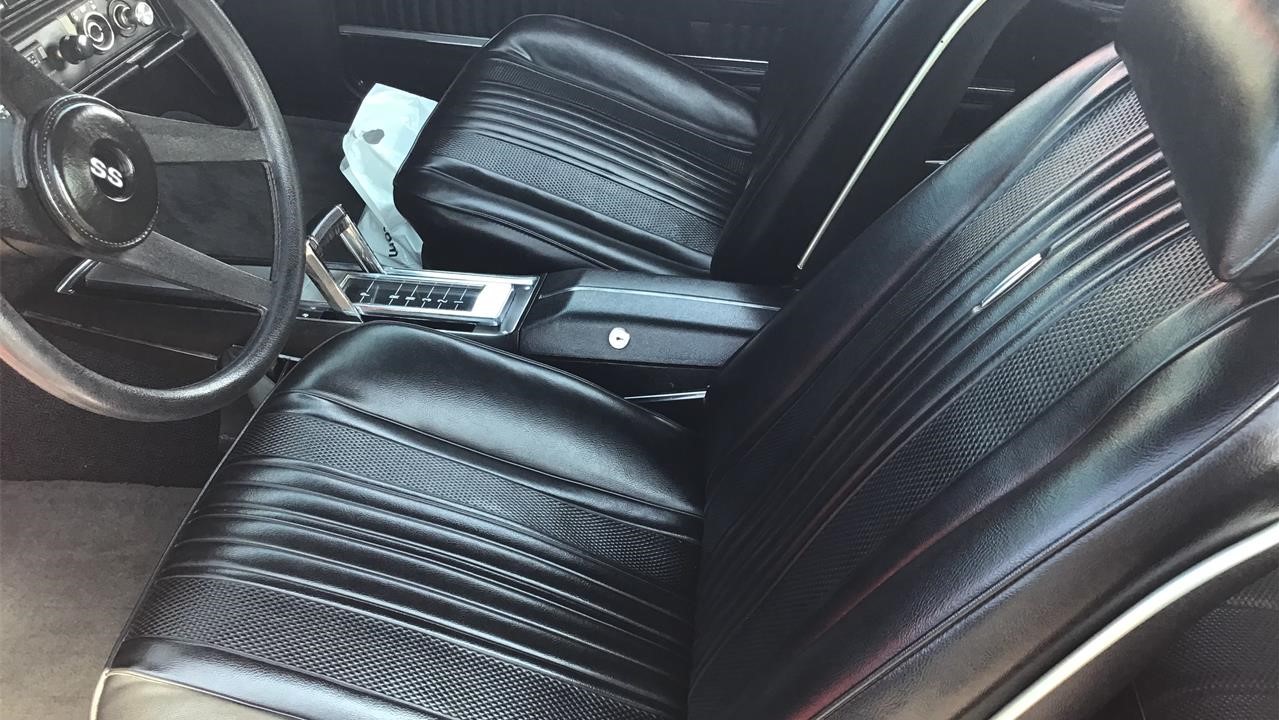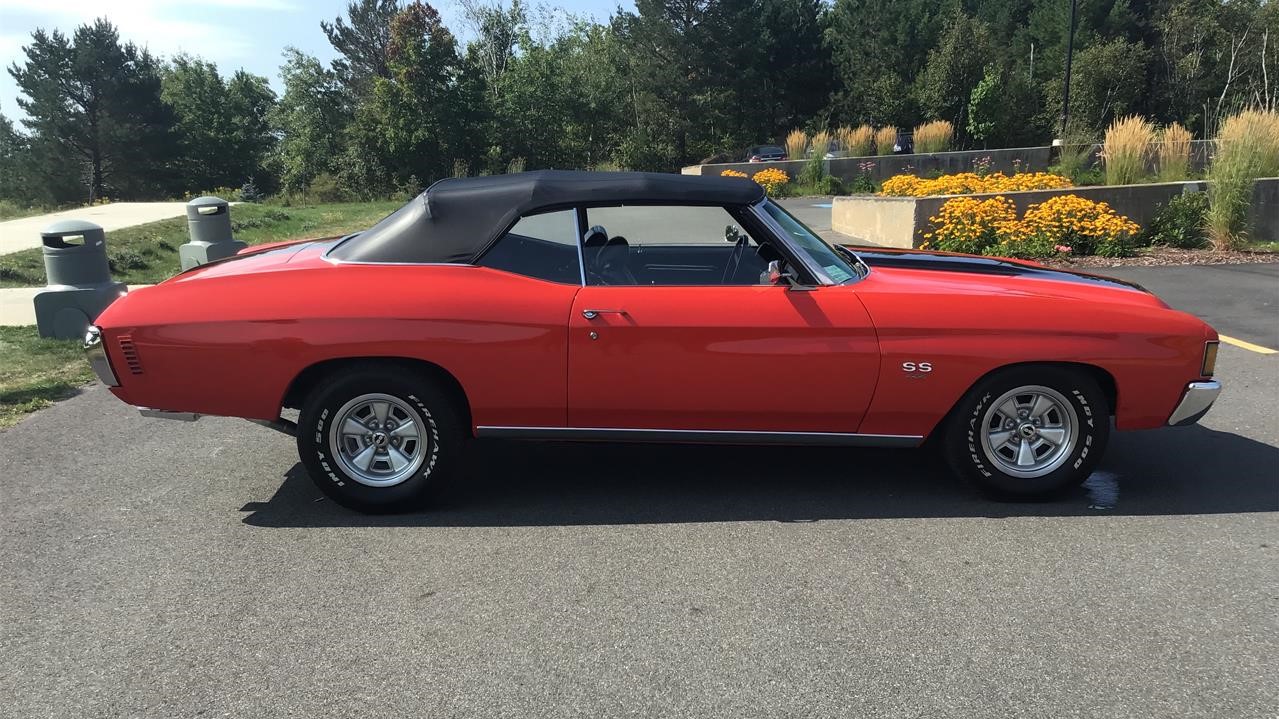This Ford Tudor sedan was the subject of a custom build following the seller’s acquisition in 2015. Power comes from a 383ci V8 paired with a TH350 three-speed automatic transmission, and the chopped and channeled body is finished in Ruby Metallic over tan upholstery. Additional features include a Ford 9″ rear end, four-wheel disc brakes, a custom-built boxed frame, a front drop axle, 16″ Rocket Racing alloy wheels, dual Holley carburetors, a high-rise intake manifold, Sanderson lake-style exhaust headers equipped with block-out plates, and a fuel cell. The car was reportedly awarded at the 2019 Goodguys West Coast Nationals and is also said to have earned a top 40 spot at SEMA Battle of the Builders. This Ford Tudor hot rod is now offered at no reserve with a clean California title that describes the vehicle as a 1932 Ford.
![]()
The 1931 Ford-style steel body is channeled over a custom frame and was repainted in Ruby Metallic during the aforementioned refurbishment. Details include a chopped roofline, a windshield visor, a mesh grille, a billet aluminum fuel filler cap, dual side mirrors, and custom low-mounted LED taillights.
![]()
Gray-finished 16″ Rocket Racing alloy wheels feature polished trim rings and are mounted with Firestone front and Coker Classic rear whitewall tires. The car is equipped with a Vega steering box, and the suspension features a front drop axle with radius rods, a custom transverse leaf spring, and tube shocks, while coilovers and a triangulated four-link are utilized out back. Braking is handled by disc brakes at all four corners.
![]()
The interior features fixed-back bucket seats trimmed in tan diamond-stitched leather upholstery that extends to the door panels and trim. Appointments include a floor-mounted Lokar shifter, a fire extinguisher, wind-up door windows, and a battery and fuel cell mounted in the rear compartment.
![]()
A red three-spoke steering wheel is mounted to a quick-disconnect hub and fronts instrumentation consisting of a 160-mph speedometer and supplementary readouts for coolant temperature, oil pressure, voltage, and fuel level. The digital odometer indicates 108 miles, all of which were added under current ownership. Total mileage is unknown.
![]()
The 383ci stroker V8 is said to be a BluePrint crate engine and features dual Holley four-barrel carburetors, a Weiand hi-rise intake manifold, Pertronix ignition, a Jegs fuel-pressure regulator, an aluminum radiator, an electric cooling fan, and Sanderson lake-style headers that are equipped with block-out caps and linked to MagnaFlow mufflers.
![]()
Power is sent to the rear wheels through a TH350 three-speed automatic transmission and a Ford 9″ rear end housing a limited-slip differential.
![]()
Photos taken during various stages of refurbishment work are included in the gallery below.
![]()
The reproduction identification plate is not attached to the car and displays serial number 3509214, which is listed as the VIN on the California title.

